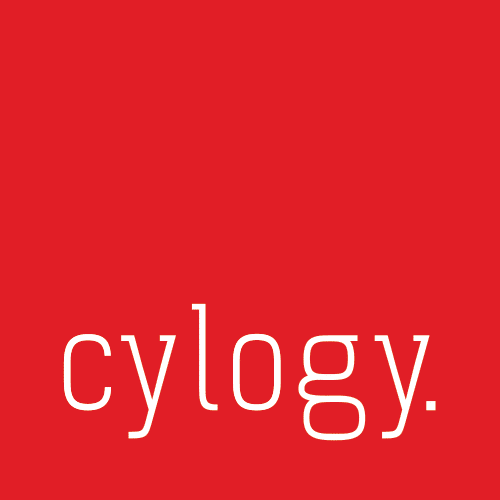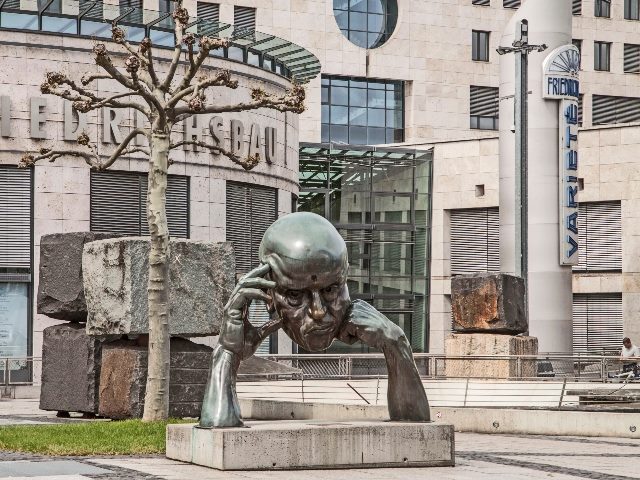Design thinking is an exciting framework incorporating a tried and tested set of tools and techniques that can be used to involve your users and stakeholders in digital projects in an engaging and valuable way. Design thinking can be applied to almost anything, from developing ideas for new digital products, to defining areas of content. You can even apply design thinking techniques in projects completely unrelated to digital customer experience, and even outside work!
There are many practical elements to consider when putting design thinking into action including how you structure workshops and selecting the right design thinking techniques. But at a deeper level to make design thinking a success you also need to have the right mindset. A design thinking session should feel very different to a traditional user involvement in a digital project, both for participants and facilitators.
An important element of design thinking is an underlying philosophy and mindset that emphasizes the value of having a diversity of contributions from a wide group of stakeholders and users. While traditional user research and requirements gathering for digital projects does stress the value of speaking to a diverse set of people, design thinking comes from a very different angle. It says that every contribution and idea has potential value; it embraces the chaos of gathering feedback, however crazy, conflicting, unstructured or tangential it seems; and it changes the role of the “expert” in the room to be a true facilitator who avoids influencing contributions. It is essentially a bottom-up rather than a top-down process.
Editor’s note: this is the latest in a series of articles on design thinking. The first, How to Put Design Thinking Into Action, and second, 6 Tactics to Make Design Thinking a Success, ran in May.
Natural Design and Artificial Design
A good way to consider this philosophy and mindset is to think about natural design and artificial design. Design in the natural world such as a forest or a river is very chaotic.
If you look at a forest, for example, the tree branches can twist around each other in different directions. There are roots that straddle the surface but reach deep below, and a plethora of plants weave themselves between the trees. Overall, the design is twisted, tangled and chaotic.
But at the same time nature works with interaction between all the different parts to make up a whole which has its own inherent logic, but is also incredibly beautiful. There are also amazing examples of individual design – the bark of the tree, a leaf on a plant, and so on.
We then have artificial design, which is introduced by man. When we design a house, or a picture, or the layout of a website homepage, we approach this with structure and intent. We try to put some kind of order in the design to make it work for us. We have a problem in mind to solve, we have a frame of reference and experiences we draw upon. And we approach the design with a sense of logic. This approach has its advantages, but it’s essentially from a top-down perspective; we’d perhaps have some initial idea, but we’d then hire a web designer or specialist expert who then comes and designs a solution.
We Don’t Need Another Design Hero
Design thinking workshops do bring structure to input and ideas, and one of the reasons they are so satisfying for participants is that there is tangible output at the end. But the earlier stages of design thinking are much more about embracing the chaos of natural design than the order of artificial design. It’s about gathering crazy and conflicting ideas and input from everybody involved in a digital product or website, and then facilitating collaboration and interaction between participants, just in the way every element of the forest contributes to the overall design of the natural ecosystem.
Design thinking should never be a top-down effort. It’s not about the hero, expert or leader coming up with a solution. In this respect the facilitator role is extremely important; digital consultants and UX experts who are used to interpreting research and defining solutions need to approach design thinking with a completely different mindset and underlying philosophy that values a far more collaborative approach.
A Human-Centered Approach
There will be a diverse set of perspectives and a wide variety of opinions. People will not agree on everything.
But in the end, the design thinking process and all the different exercises that are carried out will convert all those into a common, acceptable and human-centered solution that will actually benefit the most people possible. And when that happens and participants can see their contribution is both valued and has made a difference, it’s genuinely a special moment.




